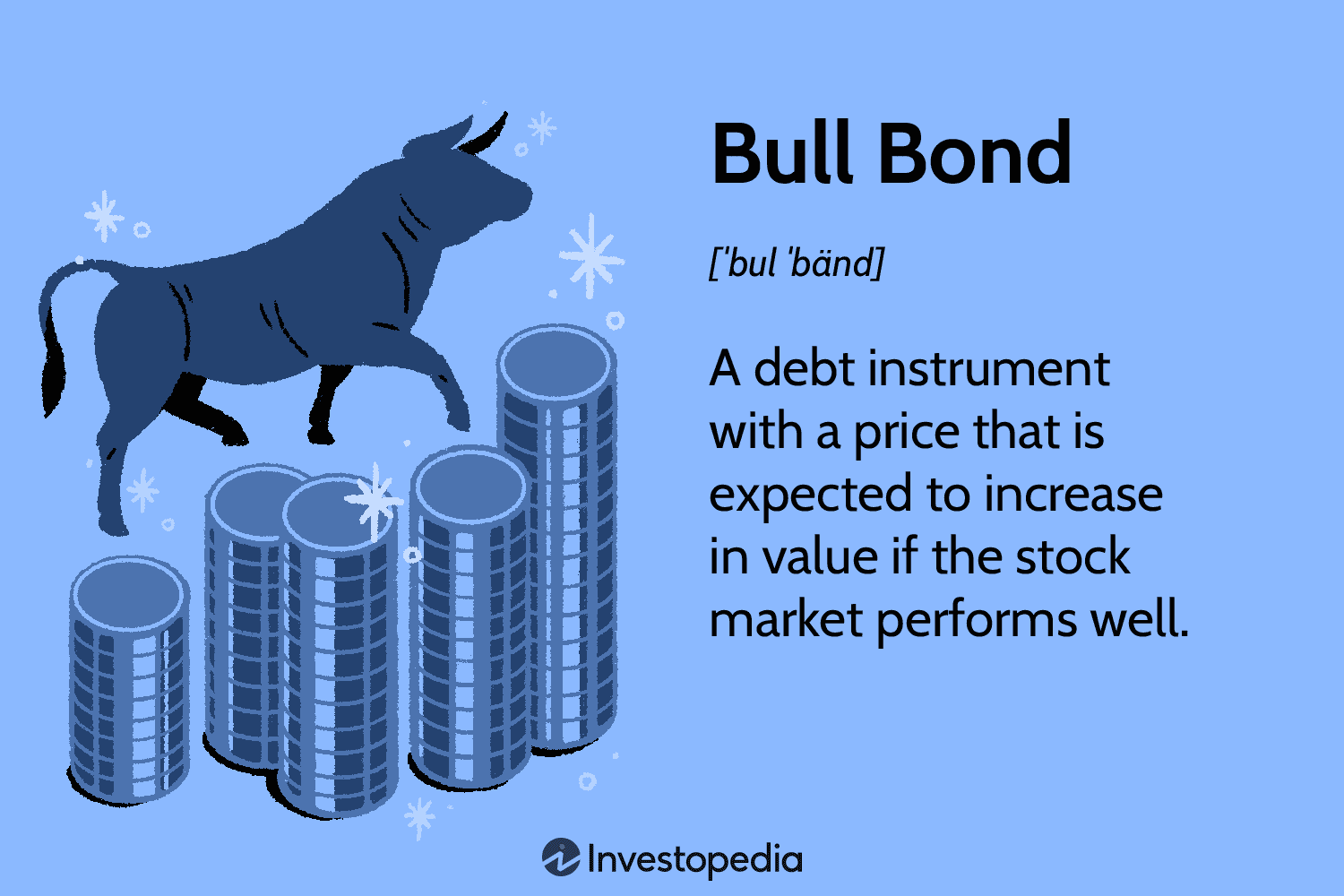The Charging Bull, often referred to as the Wall Street Bull, stands proudly in New York City’s Financial District, embodying the spirit of American capitalism and the unyielding strength of the financial markets. This iconic bronze sculpture, created by artist Arturo Di Mojica, has become one of the most recognized symbols of Wall Street and the global financial industry. The statue’s history, significance, and impact make it a fascinating subject for anyone interested in the intersection of art and finance.
The Creation and Unveiling of the Charging Bull
The Charging Bull was created by Italian-American sculptor Arturo Di Mojica, who conceived the idea as a symbol of resilience and optimism following the 1987 stock market crash. Di Mojica spent over two years and $350,000 of his own money crafting the 7,100-pound bronze statue.
On December 15, 1989, under the cover of night, Di Mojica and his assistants installed the statue in front of the New York Stock Exchange as a Christmas gift to the people of New York and as a testament to the “can-do” spirit of America. The sculpture was initially unauthorized, and it was removed by the police within hours. However, due to public outcry and media attention, the statue found a permanent home a few blocks away in Bowling Green Park, where it remains today.
Symbolism and Significance
The Charging Bull’s design is steeped in symbolism. The bull, a long-standing representation of strength, power, and financial prosperity, is depicted in a dynamic pose with its head down, nostrils flared, and muscles tensed, as if ready to charge. This aggressive stance embodies the bullish optimism of the stock market, where a “bull market” signifies a period of rising prices and investor confidence.
The statue’s location near Wall Street, the epicenter of global finance, further amplifies its symbolic weight. The Charging Bull has come to represent not only the resilience and determination of the financial markets but also the indomitable spirit of New York City and its role as a leading financial hub.
Cultural and Economic Impact
Since its installation, the Charging Bull has become a major tourist attraction, drawing millions of visitors each year. Tourists from around the world flock to Bowling Green Park to take photos with the statue, often rubbing its horns, nose, and other parts for good luck. This ritual has contributed to the statue’s enduring appeal and its status as a good-luck charm for traders and tourists alike.
The statue’s impact extends beyond tourism. It has been featured in numerous films, television shows, and advertisements, cementing its place in popular culture. The Charging Bull has also inspired discussions about the nature of capitalism, financial markets, and economic power. It serves as a visual metaphor for market dynamics and the perpetual push and pull between bull markets (rising) and bear markets (falling).
Controversies and Discussions
The Charging Bull has not been without controversy. In 2017, another statue, Fearless Girl, was installed facing the bull, intended to promote gender diversity and the empowerment of women in leadership. While the Fearless Girl was celebrated for its message, Di Mojica criticized the new statue, arguing that it altered the original intent and meaning of his work. This debate sparked broader discussions about public art, its interpretation, and its impact on social issues.
Additionally, some critics have pointed out that the Charging Bull, as a symbol of aggressive capitalism, overlooks the complexities and inequalities inherent in the financial system. The statue’s celebratory stance on market success has been seen by some as ignoring the darker aspects of market volatility, such as economic downturns and their impact on everyday people.
Conclusion
The Charging Bull remains one of New York City’s most iconic landmarks and a powerful symbol of financial optimism and strength. Its history, from a guerrilla art installation to a beloved tourist attraction, reflects the dynamic nature of public art and its ability to capture the spirit of its time. As debates about its meaning and impact continue, the Charging Bull stands as a testament to the resilience and enduring allure of the financial markets and the city that houses them.
